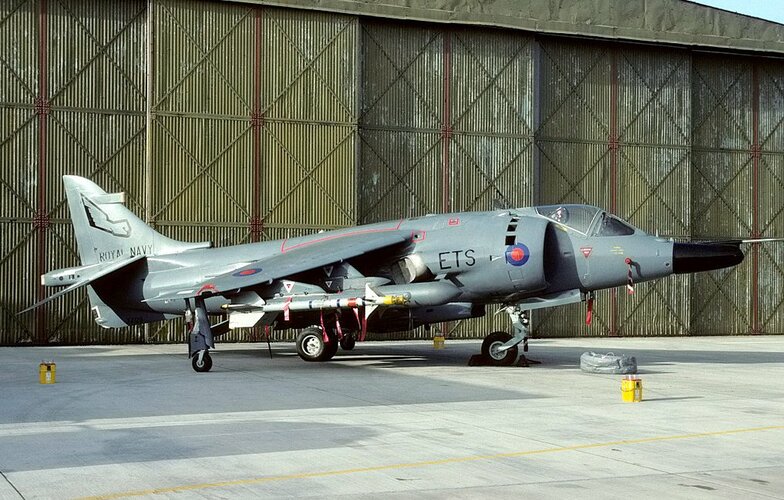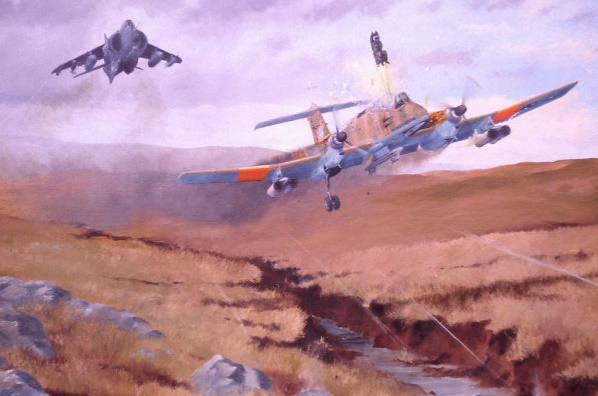taildragger said:
One could similarly point out that supersonic combat aircraft rarely fly faster than Mach 1 and that bombers almost never actually drop bombs. Why is any of that important, or purist? It seems to me that if it's capable of V/STOL flight, it is a V/STOL aircraft, however it's operated. Now we can get on to serious matters like: is an aircraft carrying fare-paying passengers actually an airliner if it's operated on a hub and spoke route?
With respect, I said I was being a purist.
Regarding your examples, they aren't really applicable, IMHO. In the case of supersonic combat aircraft and bombers, the qualities described are normal operations used in their design missions. Most fighters will fly most of their mission subsonically for range and wear reasons but flying supersonically is a normal operation for their mission. Ditto dropping bombs from a bomber. But referring to something they can do under very specific circumstances for a special occasion to the exclusion of their mission is not an accurate assessment.
To cite an example: An F-4 can exceed 98,000 feet flying a very special profile (Streak Eagle went over 103,000 ft). Yet we would not describe aircraft as 95,000 foot fighters. Similarly, a Harrier or F-35B can make vertical takeoffs. However in doing so they give up the ability to fly the missions for which they are designed (not because of fuel burn, as is commonly claimed, but because they have to offload so much weight in order to achieve the VTO). So, although they are capable of doing so, they are not really VTOL or V/STOL aircraft. Powered lift aircraft generally aren't because the reason for the powered lift is to get the aircraft to/from wingborne flight, not to operate in that speed range. In one sense, their powered lift capability serves the same function as landing gear. BTW, there are true V/STOLs, but they are rarely referred to as such. They're called helicopters and Tilt-Rotors.
I grant this seems like semantic blather. However, opponents of the STOVL concept love to describe the performance of these aircraft from a VTO, in order to make them look artificially bad. Since they tend to almost always use STO on operational missions, believers in the concept like me don't want to give the "other side" anything they can twist to use as ammunition.


